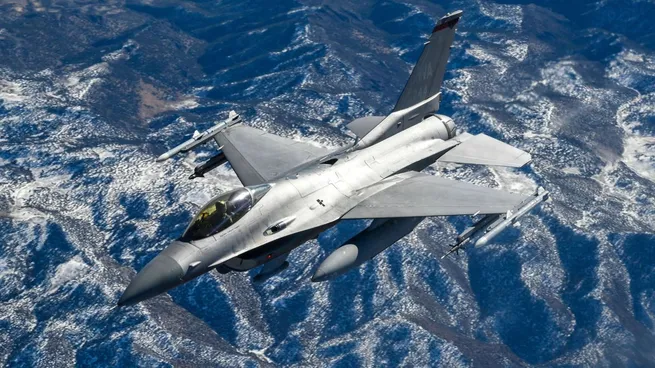U.S.-Philippines Defense Strategy Amidst Rising Tensions
In a move that further escalates tensions between the U.S. and China, President Donald Trump has authorized the sale of 20 F-16 fighter jets to the Philippines, valued at approximately $5.58 billion. This decision aims to strengthen military ties and enhance security for a key U.S. ally in the Indo-Pacific amidst growing concerns over China’s assertiveness in the region, particularly related to its claims in the South China Sea.
U.S. Government’s Position
The U.S. Department of State has emphasized that this deal is intended to bolster the Philippines‘ role as a „significant force for political stability, peace, and economic progress in Southeast Asia.“
U.S. Defense Secretary Pete Hegseth recently reiterated Washington’s commitment to expanding military cooperation with Manila to counter „China’s aggression.“
Reactions from China
The announcement has sparked discontent in China, which has warned that such defense cooperation should not threaten regional peace or escalate tensions.
Concerns Over Regional Stability
As the Philippines and the U.S. deepen their military collaboration—initiated under President Ferdinand Marcos—critics in Beijing express concerns over a potential arms race in the region, further complicating the already strained U.S.-China relations.
Conclusion
Overall, this development signals a pivotal moment in U.S.-Philippines defense strategy against the backdrop of an increasingly volatile Indo-Pacific landscape.
Für mehr Informationen lesen Sie auf spiegel


















Diskussion darüber post